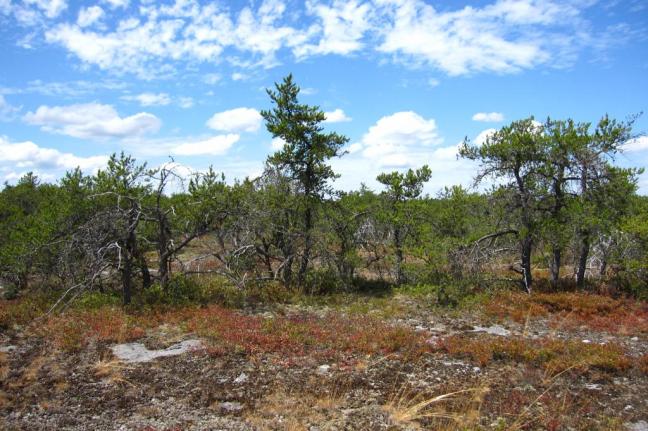
Study: Fire Suppression has Killed Wisconsin’s Pine Barrens

MADISON, Wis., May 26 (UPI) — Researchers say pine barrens used to be abundant in Wisconsin. Now, they’re nearly gone, apparently starved of wildfire, according to scientists at the University of Wisconsin-Madison.
Pine barrens are a unique ecosystem characterized by grasses, shrubs, small pines and other plants that thrive among dry, acidic and infertile soils. The habitat is reliant upon wildfire to prevent the encroachment of less fire-resistant plant species.
Without regular fires, pine barrens typically mature into larger, denser forest. In Wisconsin, like many places around the United States, aggressive fire suppression has limited the number of wildfires allowed to burn and take their natural course.
[one_fourth]
[/one_fourth][three_fourth_last]
In the most recent Wisconsin study, Daijiang Li, a botany graduate student, revisited a number of pine barrens profiled in a 1958 study. He found that none of them have been touched by fire in decades, resulting in dramatically transformed landscape.
“We’re talking about a dramatic change,” Li said in a press release. “It’s probably better to say these sites used to be pine barrens. These sites are so similar with the closed-canopy pine forests around them that these pine barrens may be gone.”
“We don’t have background information on how frequent fires were in this system, but in a study of similar habitat in Michigan they found you could expect a burn every 22 years,” Li explained. “Based on the information we have from talking to landowners and the Department of Natural Resources and our examination in the field, none of the land in our study has burned since the 1950s.”
As a result, the unique habitat and the species it supports are now disappearing. The former pine barren sites now host more biodiversity, but shade-intolerant and fire-resistant plants are largely gone — as is the ecological variety that once characterized each unique pine barren.
“Overall, that supports less variety and fewer of the rare species that occupy pine barrens,” Li said. “As we found elsewhere in Wisconsin, our plant communities are becoming more homogeneous.”
Li’s research was recently published in the journal Ecology.


